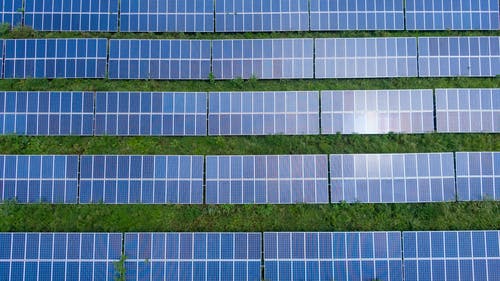Montana Court Rules in Favor of Solar Developers

The Montana Supreme Court on Aug. 24 ruled that state regulators unlawfully reduced the payments and contract lengths for solar projects’ power supply arrangements under the 1978 Public Utility Regulatory Policies Act, or PURPA, which established requirements for utilities to purchase power from small independent generators. The decision affirms a 2019 lower court order, and remands the case back to the Montana Public Service Commission to reconsider orders that cut the standard-offer rates and contract durations for small solar facilities under NorthWestern Energy’s avoided cost terms. The ruling comes on the heels of petitions by the solar industry and other groups asking the Federal Energy Regulatory Commission to rehear its PURPA implementation revisions that increase flexibility for states in establishing rates at which qualifying facilities sell their output.
At issue is a 2017 order by Montana regulators that reduced the contract length to 15 years, down from 25 years and established separate payment rates corresponding to each demand period for solar qualifying facilities up to 3 megawatts in size. Vote Solar, Montana Environmental Information Center, and Cypress Creek Renewables LLC filed a lawsuit against the decision and in April 2019, Montana’s Eighth Judicial District Court vacated the order.
Since the 2017 decision, no utility-scale solar projects have been installed in Montana, according to environmental advocate Earthjustice. However, NorthWestern Energy has sought to increase its ownership interest in the Colstrip coal plant and build new gas-fired power plants. PURPA was originally intended to reduce dependence on foreign oil and promote small renewable energy and cogeneration facilities from which utilities must buy power at administratively-set avoided costs the utility would incur to produce the power. PURPA authorizes the states to set how much a utility is obligated to pay QFs for the electricity they have produced.
In July, FERC updated PURPA implementation rules intended to address changes in the energy markets since the law took effect. The changes grant more flexibility for states in establishing rates at which qualifying facilities sell their output. The revision also lowers the threshold below which these generators are presumed to have non-discriminatory market access to 5 megawatts from 20 megawatts.
The Solar Energy Industries Association also expressed disappointment saying that the changes will “undermine the stated intention of the PURPA statute and stifle competition, allowing utilities to strengthen their monopolies and raise costs for customers.”
Vote Solar v. PSC
EnerKnol Pulses like this one are powered by the EnerKnol Platform—the first comprehensive database for real-time energy policy tracking. Sign up for a free trial below for access to key regulatory data and deep industry insights across the energy spectrum.
ACCESS FREE TRIAL